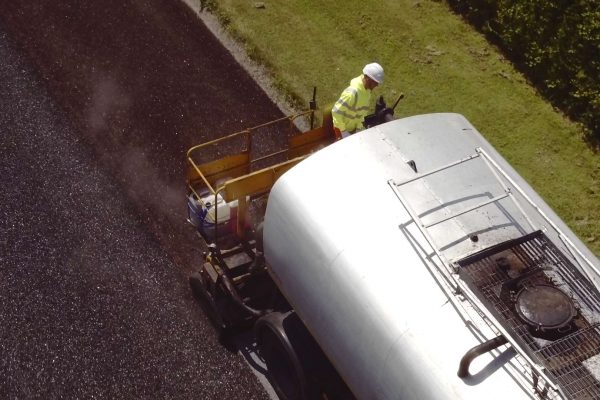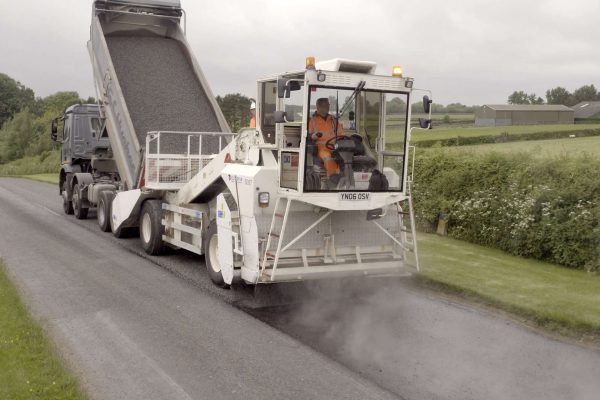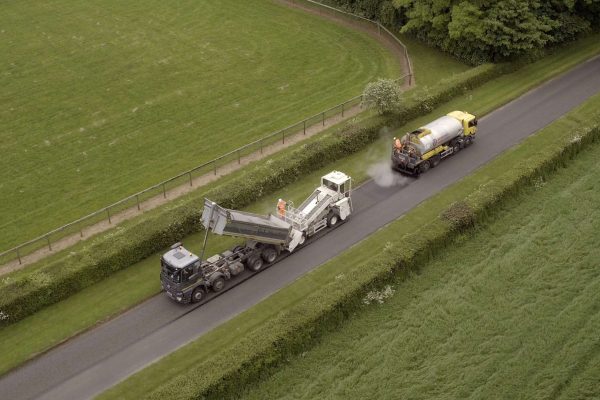What is the difference between surface dressing and resurfacing?
Surface dressing and road resurfacing are both types of road maintenance used to extend the lifespan of a highway or urban road. However, they are not synonymous. Both of these two forms of highway repair serve vastly different functions.
In this article, we will look at the differences between surface dressing and road resurfacing, as well as the type of situations where each may be necessary.
To start, we will outline Surface Dressing.
What is Surface Dressing in Road Maintenance?
It is crucial that road surfaces are waterproof to avoid the sudden appearance of cracks and deformations which can quickly turn to potholes in the right conditions. Highways should also have the appropriate texture for safe usage by vehicles and pedestrians.
Road surface dressing is a treatment that is applied to roads to preserve and seal the surface. It makes surfaces waterproof, protects against frost and water damage, and provides improved resistance to skidding.
Surface dressings are usually composed of a polymer modified bitumen emulsion and aggregates (or chippings). The bitumen emulsion is applied first by a spray tanker, followed by the chippings. This type of highway repair is unsuitable for pothole repair.
What is Road Surfacing?
Road resurfacing is another type of road maintenance. In this process, a new layer of material (usually asphalt) is laid over the existing surface to extend the life of the road and ensure it remains safe for use.
All kinds of surfacing, ranging from footpaths to carriageways and driveways, will require resurfacing at some point to ensure continued use is safe and effective for all. This kind of highway repair can be done using a wide number of different materials, including micro asphalt.
What’s the Difference Between The Two
The key difference between surface dressing and road resurfacing is that the former is used to treat areas that are in relatively good condition while resurfacing is a more extensive type of maintenance that can sometimes involve removing areas of worn-out road before the new asphalt surface is laid.
Surface dressing treatments are often used as a form of preventative maintenance. This type of maintenance is deployed to avoid the need for costly and time-consuming repair works which arise when a surface is neglected or exposed to the elements for too long without the appropriate protection.
A high-quality surface dressing can last around 10 years, and roads can be re-dressed using this treatment up to three times before resurfacing is required. For this reason, it is a cost-effective option that can be carried out quickly with minimal inconvenience for road users and residents.
Surface Dressing From BituChem
At BituChem, we manufacture and supply surface dressings that are regularly used in preventative maintenance for roads across the UK. This includes LockChip, our innovative sealed surface dressing which cures in just 20 minutes, provides robust protection from the elements. LockChip leaves the treated surface looking aesthetically pleasing thanks to its uniform black finish, which is comparative to a new asphalt surface.
To learn more about road surface dressing from BituChem, please contact us. We would be happy to discuss your project and recommend the most suitable course of action based on your needs.




